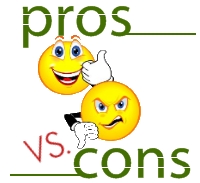In the study of Information Design there are five different methodology theories that try to describe what Information Design is. The theory I chose to focus on is Romedi Passini theory of “sign-posting” or “wayfinding.”
Passini said “Information Design is communication by words, pictures, charts, graphs, maps, pictogram, and cartoons, whether by conventional or electronic means.” (Jacobson, 84) In his theory he introduces the concept of wayfinding, which “refers to the cognitive and behavioral abilities associated with purposefully reaching a desired physical destination”. It includes three major processes the decision making, the decision execution, and the information processing required making and executing the decisions. (Jacobson, 88)
In today's fast paced world, we all want to know where we stand right now, and what is the quickest way to reach the desired destination without getting lost? The objective of information design for wayfinding is not to design signs but to help people move efficiently to their chosen destinations.” (Jacobson, 88) Following are some of the examples of wayfinding theory:
These are all example of wayfinding from our everyday life.
Pros:
Wayfinding does not have to be just signs, can also be architectural and spacial features that guide users. (Jacobson, 90)
Use little text yet the information is delivered through proper and easy to understand visual.
Cons:
Wayfinding is complex. A designer needs to worry about distractions where users are in motion. (Jacobson, Page 91)
it is often hard to get the graphic designer and architectural planner to work together. This can create flaws in the design. (Jacobson, 95)
This theory can be applied to blog environment although it is not a physical destination as defined by traditional wayfinding, it is digital destination. Being the designer of this blog I will try to use properly designed menus and hyperlinks and properly labeled post titles and other information that will allow the visitors of the blog to easily navigate and gain the access to their desired information.
References:
Jacobson, Robert. Information Design. Massachusetts: The MIT Press, 2000. Print.








No comments:
Post a Comment